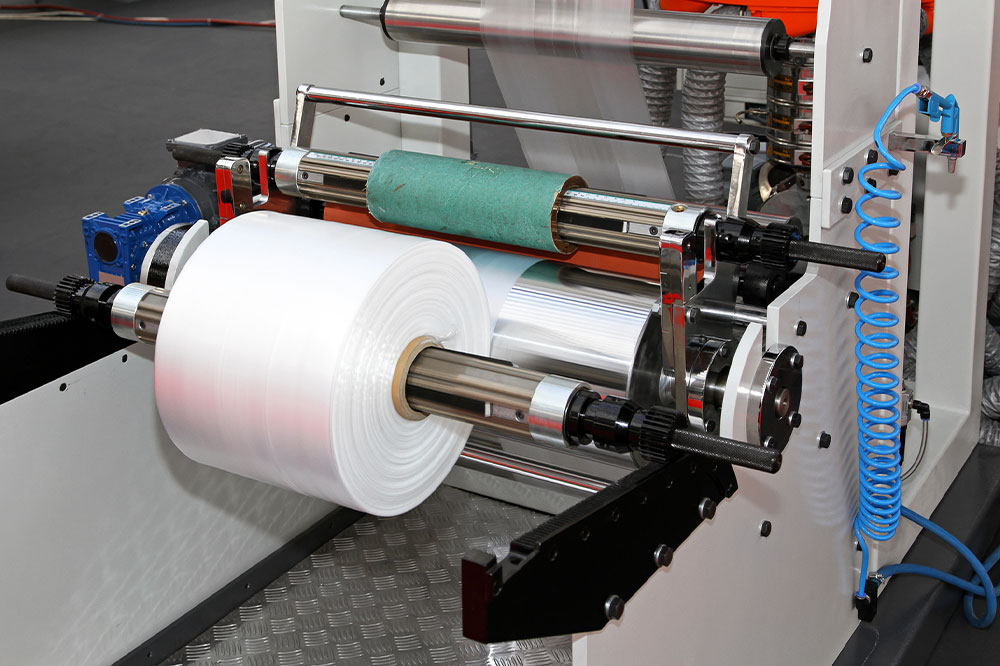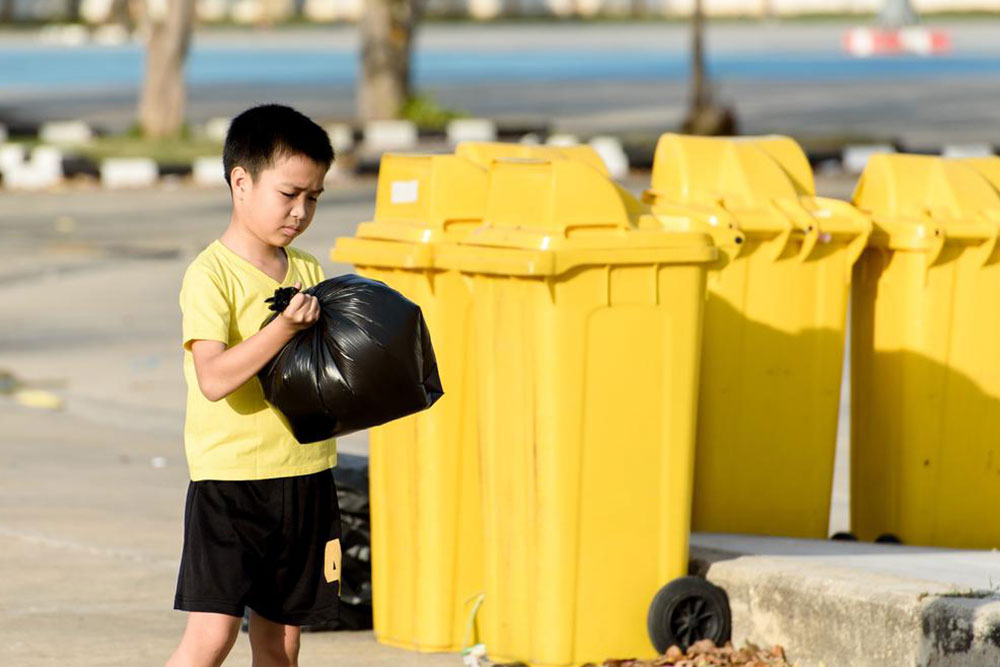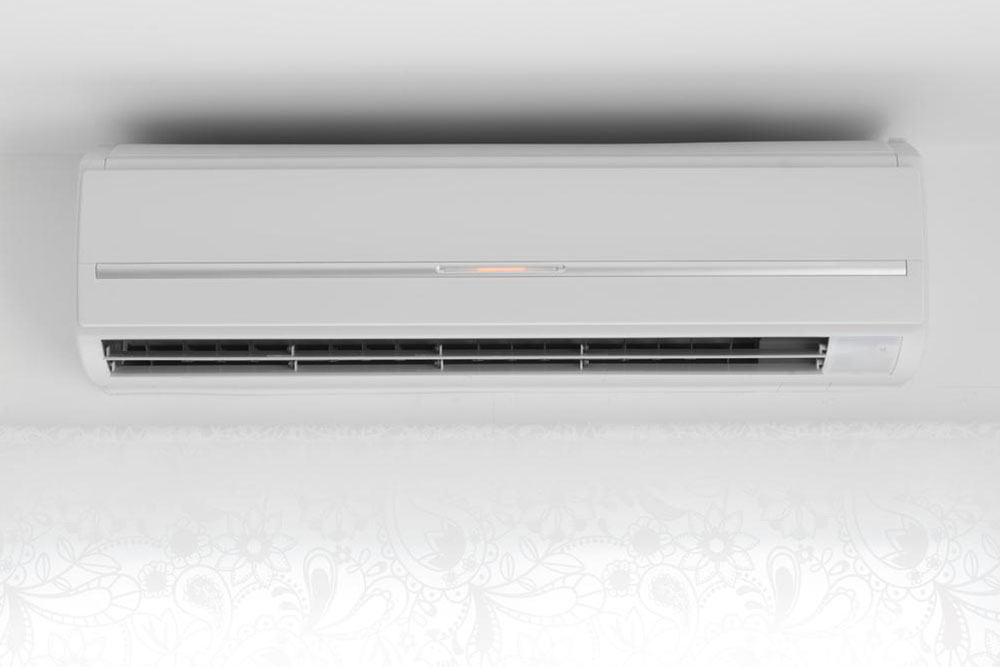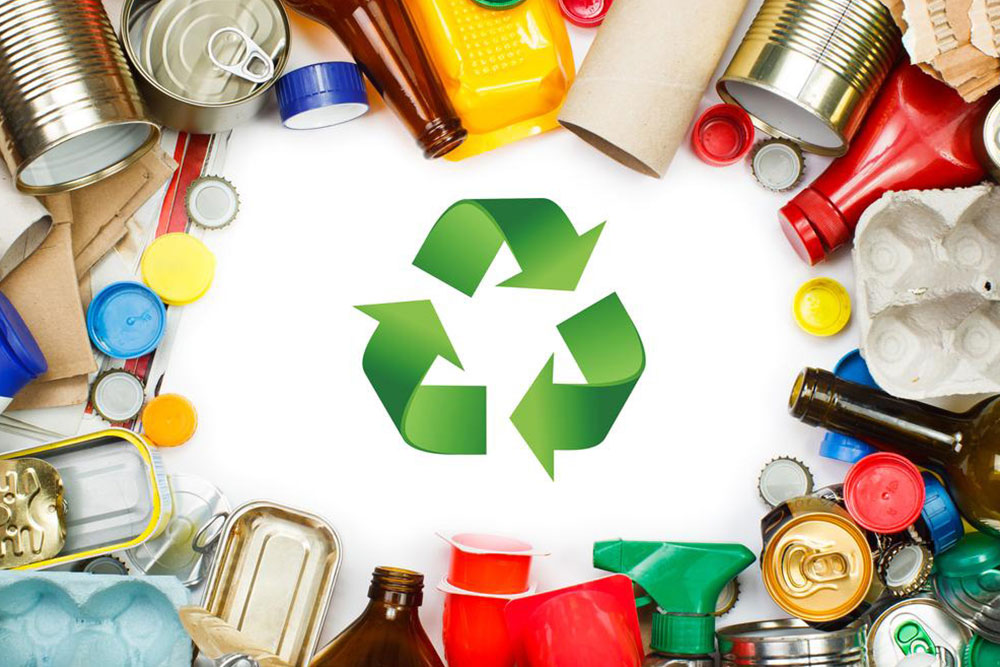Comprehensive Overview of Industrial Plastics and Polymers: Types, Uses, and Sustainability
This comprehensive guide explores the diverse world of industrial plastics and polymers, detailing major types such as PET, HDPE, PVC, PP, and biodegradable options like PLA. It discusses their properties, applications across industries, health considerations, and the importance of recycling for sustainability. Perfect for professionals seeking in-depth knowledge about plastics used in manufacturing, packaging, construction, and medical fields, highlighting responsible usage and environmental impact.

Understanding Major Types of Industrial Plastics and Polymers
In everyday life, plastics seem like a single, uniform material, but in reality, the world of plastics is incredibly diverse, encompassing many different types tailored for specific applications. These materials are primarily polymers—large molecules composed of repeating units—modified further with various additives to enhance properties such as strength, flexibility, or chemical resistance. This extensive variety allows plastics to be used across a broad spectrum of industries, from packaging and construction to medicine and electronics.
Plastics are synthetic or semi-synthetic materials that can be shaped into different forms when softened and then hardened to maintain their shape. Their versatility arises from their ability to be manufactured into a wide range of products that meet specific functional requirements, making them indispensable in modern manufacturing processes.
Popular and Essential Types of Industrial Plastics and Polymers
A majority of plastics are classified as polymers, owing to their molecular structure and the way they are produced through chemical reactions. Understanding the properties, applications, and environmental impacts of these plastics provides valuable insights into their role across various industries. Here is an in-depth look at some of the most commonly used plastics and polymers:
Polyethylene Terephthalate (PET or PETE): PET is a lightweight, strong, and transparent plastic widely used in packaging liquids and food products, such as water bottles and snack containers. It is also used in the textile industry for producing polyester fibers for clothing. An important aspect of PET is its recyclability—recycled PET (rPET) is used in creating new bottles and textiles, supporting sustainability goals.
High-Density Polyethylene (HDPE): Known for its high strength and chemical resistance, HDPE is a popular choice for manufacturing milk jugs, detergent bottles, piping systems, and heavy-duty containers. Its robustness makes it suitable for industrial applications, including the production of buckets, trash bins, and plastic lumber. Its chemical inertness ensures safety in storing various substances, including acids and bases.
Low-Density Polyethylene (LDPE): LDPE is a soft, flexible plastic characterized by its clarity and toughness. It is commonly used in shopping bags, shrink wraps, food storage wraps, and squeeze bottles. Its flexibility makes it ideal for applications requiring pliability, such as seals and liners, contributing to food preservation and packaging efficiency.
Linear Low-Density Polyethylene (LLDPE): Similar to LDPE but with enhanced properties like greater tear resistance and chemical resilience, LLDPE is utilized in manufacturing stretch films, cable insulation, and protective enclosures. Its durability makes it valuable for industrial packaging and consumer products that need to withstand harsh conditions.
Polyvinyl Chloride (PVC): PVC is a resilient, weather-resistant plastic used extensively in construction for pipes, window frames, and siding. It also finds applications in medical devices, cables, and inflatable products. Despite its utility, safety precautions are necessary during production and disposal due to potential health hazards from additives and plasticizers used in certain formulations.
Polypropylene (PP): Known for its high melting point and chemical resistance, polypropylene is widely used in food containers, bottle caps, automotive parts, and medical supplies such as syringes and sterilization trays. Its versatility and durability make it a staple in both consumer and industrial products.
Polystyrene (PS): Commonly recognized as Styrofoam, polystyrene is an inexpensive, lightweight polymer used in packaging materials, disposable coffee cups, and insulation panels. While cost-effective, it has raised environmental concerns due to challenges in recycling and its environmental persistence, prompting interest in biodegradable alternatives.
Polylactic Acid (PLA): PLA is a biodegradable, bio-based plastic derived from renewable resources like cornstarch or sugarcane. It is increasingly popular in environmentally friendly packaging, disposable tableware, 3D printing applications, and medical implants. Its eco-conscious origin aligns with efforts to reduce plastic waste and reliance on fossil fuels.
Other Notable Plastics: Besides the major categories, there exists a variety of specialty plastics used in specific sectors, including sports bottles, optical lenses, lighting fixtures, and electronic components. These materials often have unique properties tailored for niche applications, expanding the versatility of plastics in the modern economy.
Understanding the physical and chemical properties of these plastics, along with their health and environmental implications, is vital for responsible usage and disposal. Proper recycling and waste management practices are essential to minimize environmental impact, foster sustainability, and ensure safe applications across industries. As technology advances, the development of biodegradable and recyclable plastics continues to address environmental concerns associated with plastic production and waste.





